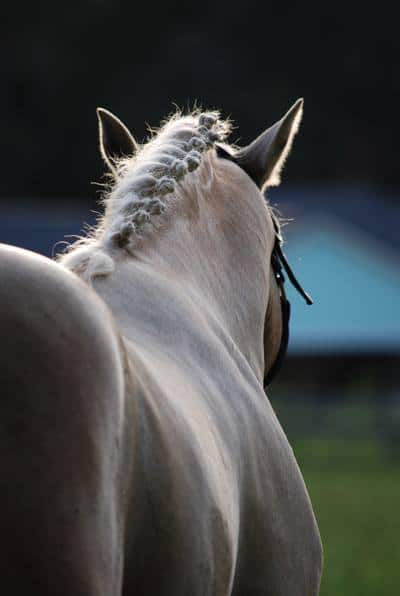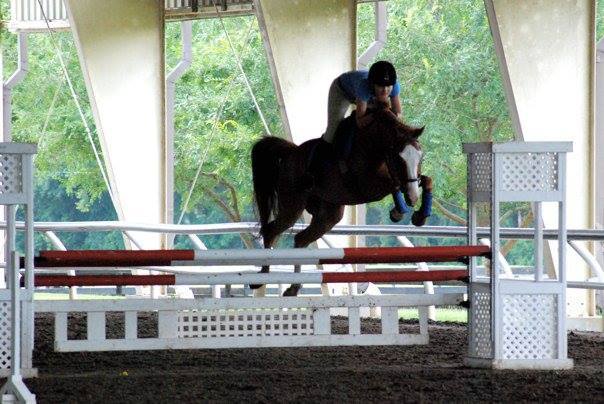Consistency
Today I was watching a dressage clinic. And I noticed one of the students was having the same lesson that she had the last time this instructor was visiting. This is not an uncommon thing, but as a rider and trainer, we all like to see progress and there is no progress. I know why there is no progress. This rider only rides her horse on the bit during her “dressage lessons”. The rest of the time her horse is allowed to go around with his head up, braced in the neck and hollowed-backed. I see videos and pictures of this pair on social media and the horse’s head is always up.
I wish there was a way to get riders to understand how important it is to be consistent with our horses. And how important it is for our horses to be on the bit. Being on the bit develops the muscles of the topline. The topline is the group of muscles that run along the horse’s spine from the poll, down his neck to the withers, down the back over the top of the hip. The purpose of these muscles is to support the spine and joints and to help the horse move in a balanced and efficient way. A horse with a strong topline is better able to carry a rider, absorb the impact shock of jumping, and perform other athletic movements that we think are necessary.
The more we ride with the horse’s head up and his back hollowed, the harder it is for the horse to work round and on the bit. The horse is developing the wrong muscles, the entire time he is working upside down. Developing the wrong muscles puts more stress on the horse’s joints when we ask them to do things like jumping. And then when you go into the dressage ring and “make him round”, he is confused. He doesn’t understand why today is different. And he is going to fight you. Being inconsistent is confusing to the horse and creates a negative attitude towards flat work. If he were ridden on the bit every ride he would know what is expected of him, develop the corresponding muscles, and be happier and more willing to do what is asked.
Developing a horse’s topline is done by riding your horse correctly all of the time. Not just in the dressage ring. And not just when your instructor is watching. When the horse is on the bit, the rider has a better connection with the horse and can more easily communicate through their reins. This can help to improve the horse’s obedience and responsiveness. And, the rider’s aids can be softer and more subtle. When a horse is on the bit, they are more balanced and in control of their body. A horse on the bit is unable to block their hind end’s engagement, thus allowing for easier lateral work, better balance, and responsiveness which is beneficial not only for the dressage ring but also for the jumper ring. A balanced horse can maneuver around a tighter rollback and get to the base of the next jump and still be able to clear the jump. A horse with a well-developed topline will be more adjustable giving the rider the ability to find an appropriate spot at the base of the jump.
With patience and consistency, you can help your horse to be a better-balanced, happier partner. By helping your horse develop his topline, you are helping him to understand what is expected of him every day, helping to make his work easier for him, and helping to keep him healthy longer.


